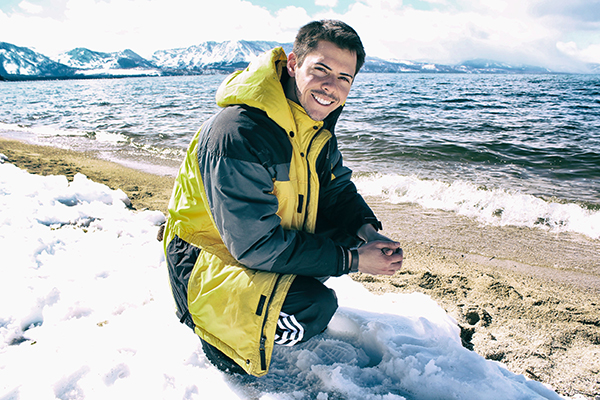For some, becoming an astronaut is a fleeting aspiration that does not last much longer than the final day of second grade.
Cal Poly Aerospace Engineering alumnus Dylan Dickstein, on the other hand, is one of the lucky few who stands a chance.
Dickstein has been pursuing his dream of working with rockets for a long time.
“I was an Aerospace Engineering major at Cal Poly and I minored in mathematics. From day one, I joined Cal Poly Space Systems, the rocketry club on campus.”
During his time in the rocketry club, Dickstein was able to design, build and launch one of the largest rockets by an individual at Cal Poly. His accomplishments there did not go unnoticed. The Aerospace Engineering program at Cal Poly presented a lot of opportunities for Dickstein, like interning at United Launch Alliance, where he worked on rockets like Atlas V and Delta IV.
After Cal Poly, Dickstein knew exactly the direction he wanted to take his education.
“I went right into UCLA. I graduated from Cal Poly in June and started at UCLA in September as a direct PhD student.”
Though Dickstein is now thriving at UCLA, he appreciates Cal Poly for the opportunity he found as a student. It was also a big influence in his decision to pursue a PhD.
“While Cal Poly primarily offers a job preparation education, it also provides good preparation to students who want to do graduate work,” said Dickstein. “In Aerospace, I had professors guiding me toward a PhD. They made it more feasible for me.”
Thanks to Dickstein’s incredible achievement at Cal Poly, UCLA, and in real-world experience, he recently received the National Science Foundation Graduate Research Fellowship Program (NSF GRFP) grant. This grant is awarded to a select group of 2,000 students nationally who excel in research-based degrees in higher education.
“It’s an honor to put the NSF on the work that I do. Every poster, every essay, every presentation, they’re there.”
But winning the award was not Dickstein’s only accomplishment. He also scored a perfect six out of six ‘excellent’ ratings in the rating process for the NSF GRFP.
“Each grader gives you a grade for intellectual merit and for broader impact. A winning application usually has four ‘excellent’ ratings and two ‘very good’ ratings. The percent that get six out of six [excellent ratings] is very low.”
Dickstein attributes his perfect score to some of the many accomplishments that he has achieved throughout his education.
“For intellectual merit, I have a patent pending; it’s a 3D printed table extender. In addition, I have a research proposal, which is on erosion rates of micro-engineered materials in aerospace applications.” said Dickstein.
His rocketry work at Cal Poly and his three internships helped his scoring as well. But not only did Dickstein demonstrate his accomplishments in the intellectual department, he also influenced the community through social outreach.
“For broader impact, I was president of Sigma Gamma Tau, the Aerospace Engineering Honor Society, and I was a member of Tau Beta Pi, the Engineering Honor Society,” said Dickstein. “I think the biggest asset is my YouTube channel, which has helped me reach out to and engage with a wide audience. I have viewership around the world. I also maintained a vlog once a week for 20 months.”
Though the money from a scholarship is helpful to any student going through higher education, in this case, it is not the most important. For Dickstein, the NSF GRFP award presents another valuable opportunity.
“One reason I really wanted this scholarship is that a lot of the recent astronaut candidates have received the NSF GRFP grant,” said Dickstein, “since it makes my goal of being among the first to colonize the Moon or Mars just that much more feasible.”
Dickstein has astronomical aspirations for his career goals. Though he is currently working on rockets, one day, he hopes to be the man inside of the cockpit.
“We have had many astronauts from Cal Poly,” said Dickstein, “and I hope to be the next.”


